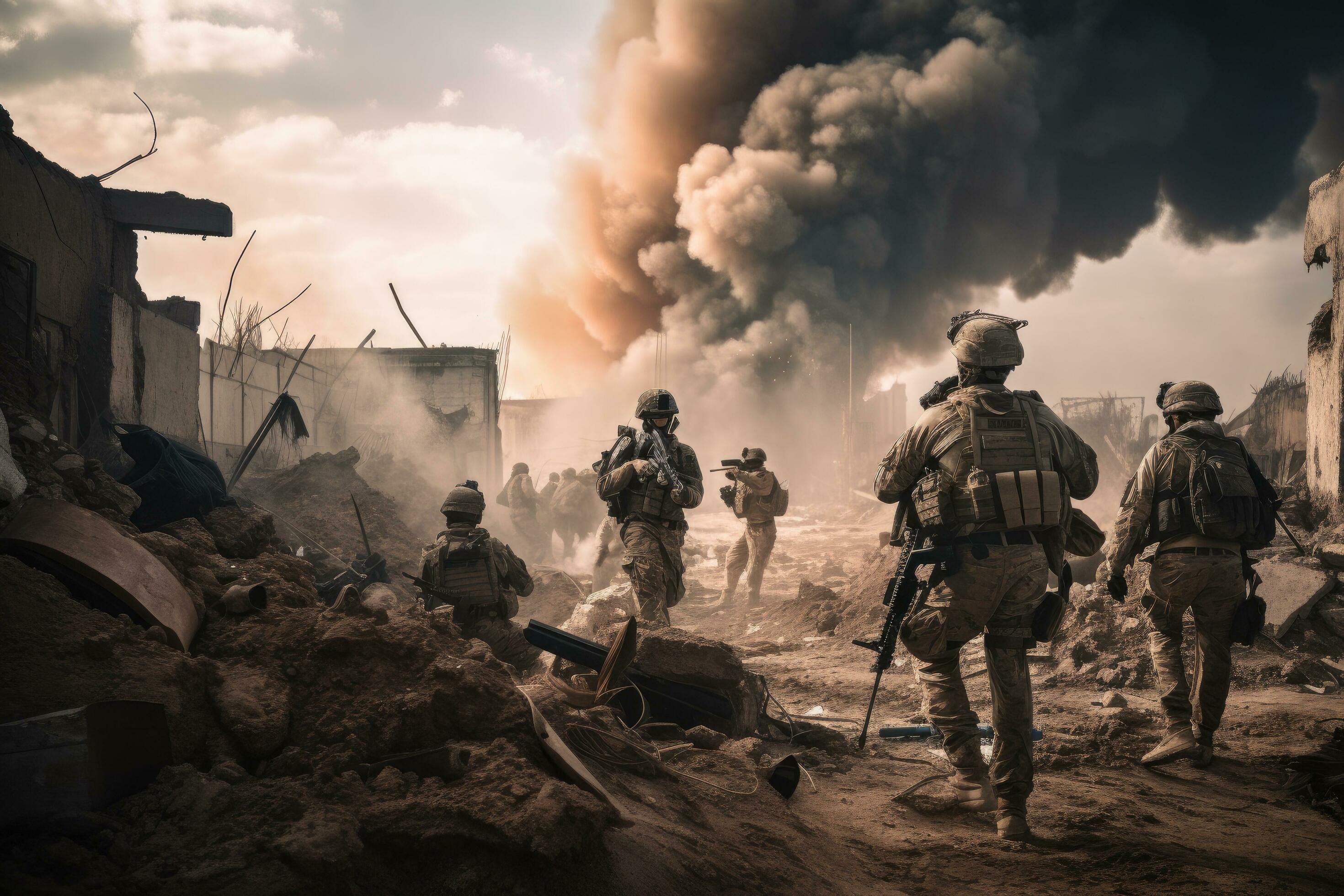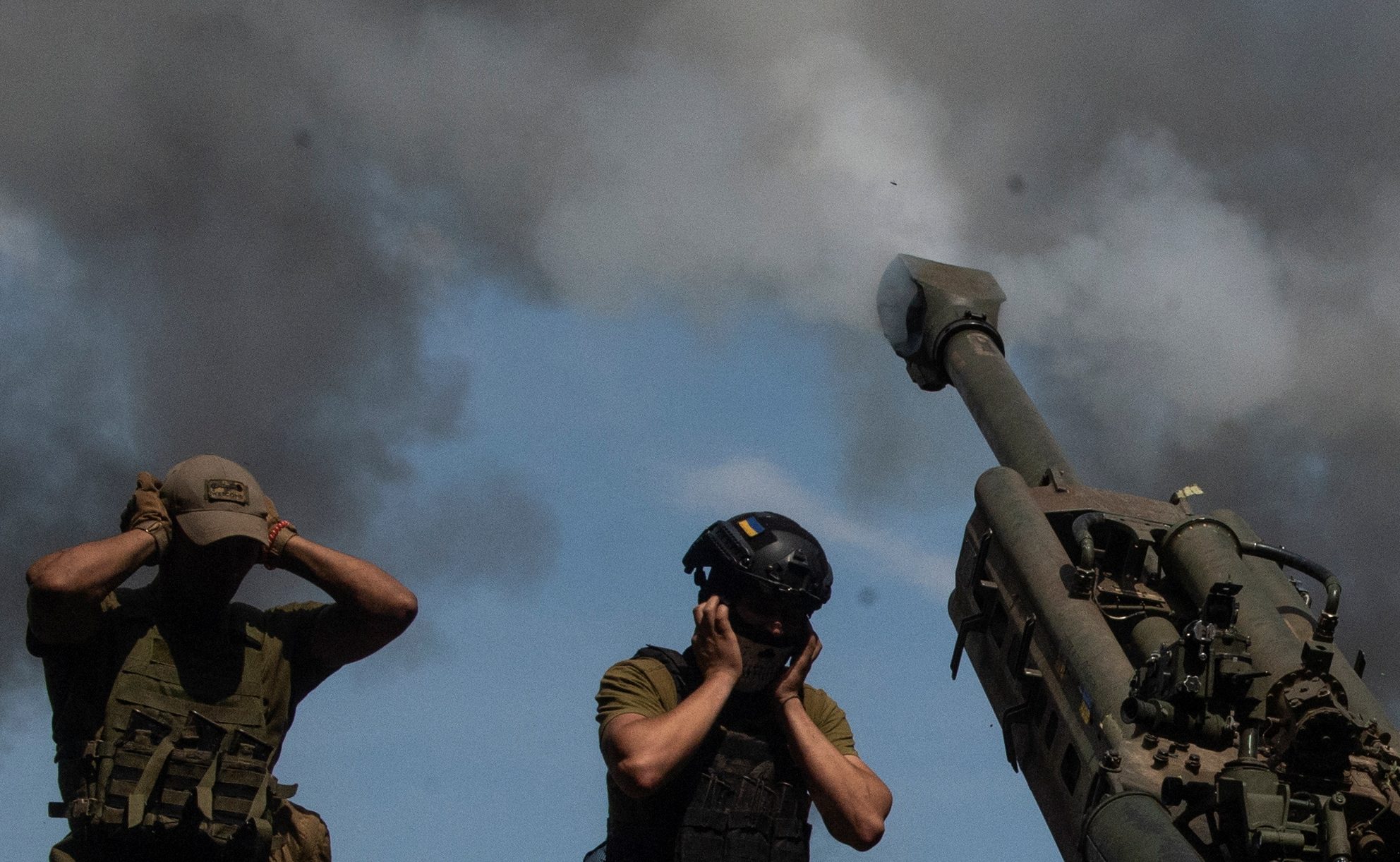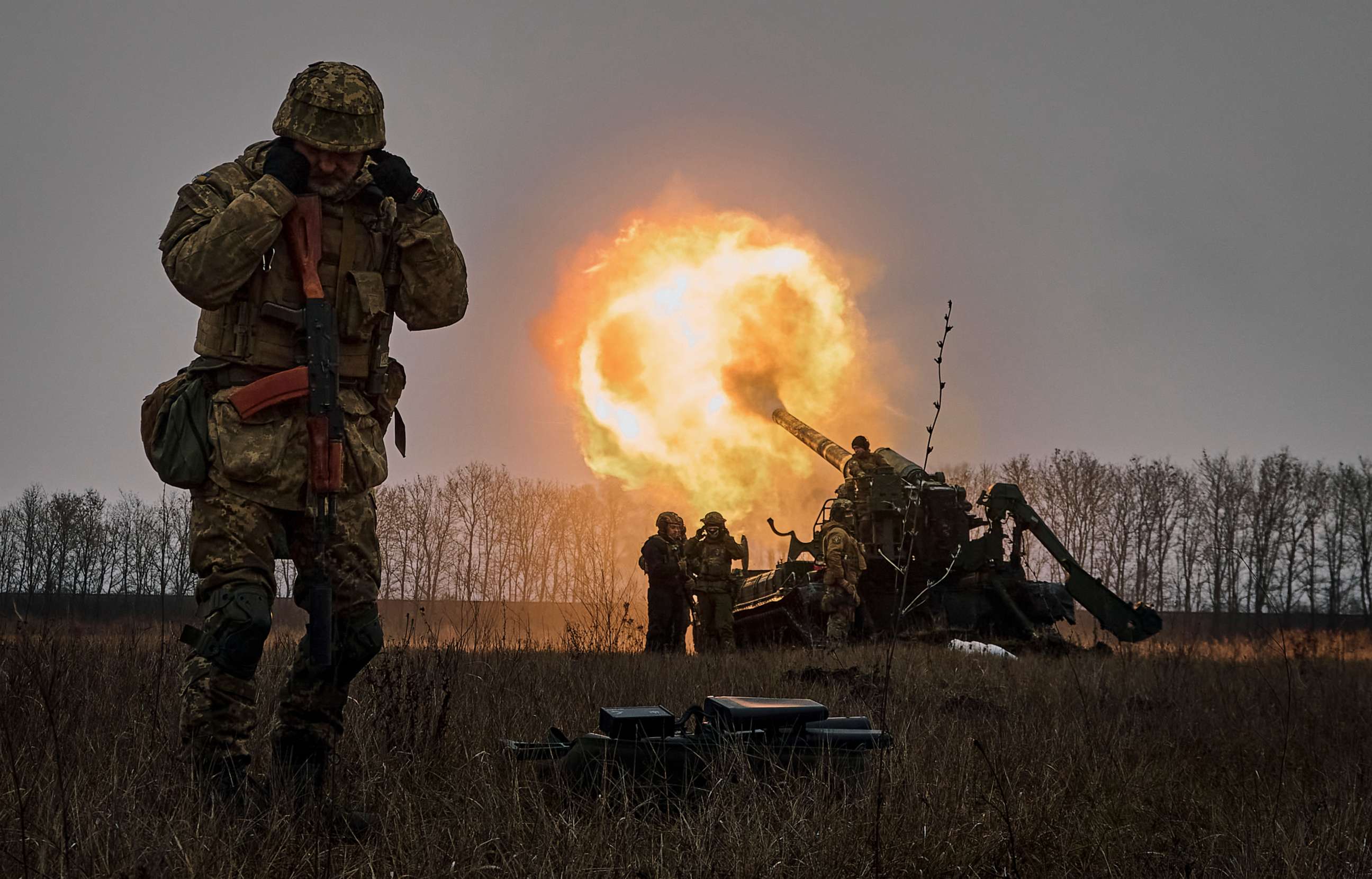It’s quite something to consider how certain figures, particularly in the creative fields, seem to generate a kind of intense energy around them, almost like a force of nature, you know? When we think about the concept of "war," our minds often go straight to the serious, armed conflicts between states or organized groups with a clear command structure, like the kind of violent struggle that has sadly flared up, for instance, in Europe, causing such widespread devastation. Yet, there is, in a way, another kind of "war" that plays out, not with weapons, but with sounds, ideas, and the very fabric of culture itself.
This particular kind of "war" might not involve governmental forces or armies clashing, but it certainly brings about significant shifts and changes, sometimes quite dramatically. Think about how a new sound or an unexpected voice can challenge the established ways of doing things, creating a stir, a real push and pull within an artistic space. It’s a bit like different factions, if you will, vying for influence and recognition, each with their own distinct approach and vision, nearly a struggle for what comes next in music or expression.
And so, when we consider a figure like Chief Keef, it’s worth exploring how his presence and his art have, in some respects, ignited a metaphorical "war" of sorts. This isn't about literal fighting, but about the intense, often challenging, and sometimes fiercely debated impact he’s had on music and culture. We’re going to look at how his journey, much like a nation considering the benefits of conflict, has reshaped parts of the creative world, bringing forth new sounds and perspectives.
- Christina Sarah Foster
- California Domestic Violence Statute Of Limitations
- Sonic Racing Crossword
- James Beard Cookbook Hall Of Fame
- Huvskydd Wrangler
Table of Contents
- The Artist's Story - Chief Keef's Beginnings
- Is Artistic Creation a Kind of War Chief Keef Fought?
- How Did Chief Keef's Music Start a "War" of Influence?
- Chief Keef's "Battles" for Sound and Style
- What Benefits Did Chief Keef's "War" Bring?
- The "Ground Reports" of Chief Keef's Impact
- Understanding the "Causes" of Chief Keef's Cultural War
- Did Chief Keef's "War" Change the Music Landscape?
The Artist's Story - Chief Keef's Beginnings
When we talk about the beginnings of an artist like Chief Keef, we are, in a way, talking about the formation of a particular kind of force within the music scene. Born Keith Cozart, he stepped onto the public stage from Chicago, bringing with him a sound that was, to put it mildly, quite distinct. His early work, delivered with a raw, unfiltered energy, quickly captured the attention of many, creating a sort of immediate presence that felt almost like a declaration. It was, you know, a very clear arrival.
His music, characterized by its particular style and subject matter, began to spread widely, especially through online channels. This spread was, in some respects, an early skirmish in the larger "war" of cultural impact, showing how new voices could quickly gather a following and challenge established norms. It really did feel like a new kind of sound was being introduced, and people were paying attention.
Here's a little bit about the person at the heart of this discussion:
- Jan Roberts Age
- Ryan Gosling Costumes
- Punta De Mita Mexico Safety
- Craig Barrett Net Worth
- Two Weeks Before Wedding Checklist
| Known As | Chief Keef |
| Birth Name | Keith Cozart |
| Origin | Chicago, Illinois, USA |
| Primary Role | Recording Artist |
| Years Active | Early 2010s to present |
| Notable For | Influential sound, unique delivery |
Is Artistic Creation a Kind of War Chief Keef Fought?
It's interesting to think about artistic creation, particularly in a genre like the one Chief Keef works within, as a form of "war." Not in the sense of actual armed conflict, of course, but as a struggle between different ideas, sounds, and even organized groups of artists or fan bases. The text mentions war as an "armed conflict between the armed forces of states, or between governmental forces and armed groups that are organized under a certain command structure and have the capacity." In the music world, you could argue that different genres or sub-genres act like these "forces," each with their own approach and a certain capacity to influence listeners. Chief Keef, with his distinctive style, almost certainly represented a new kind of "armed group," if you will, organized by a shared sound and a particular way of expressing things, that really did have the capacity to shake things up.
This kind of "war" in art is often about challenging the existing order, pushing boundaries, and introducing something new that might initially meet with resistance. It's about a declaration of a different way of doing things. For Chief Keef, his early work was, in some respects, a direct confrontation with what was expected or typical in popular music at the time. He wasn't following a familiar path; he was carving out his own, and that process, you know, tends to involve a fair bit of friction and pushback. It's a very real kind of contest for attention and acceptance.
So, while there are no literal weapons involved, the impact can be just as significant, creating divides and new alliances within the cultural landscape. This "conflict" is often about who gets to define the sound of a generation, or what stories are told. It's a contest of influence, really, and Chief Keef's entry into the scene was a clear move in that ongoing artistic struggle, a very public statement.
How Did Chief Keef's Music Start a "War" of Influence?
When we consider how Chief Keef's music began to spread, it’s almost like observing the start of an "open and declared armed hostile conflict between states or nations," as the text describes. His sound wasn't subtle; it was a bold statement, a new kind of rhythm and lyrical delivery that quickly made its presence known. This wasn't something that quietly slipped into the background; it was, in a way, a very public challenge to the prevailing sounds and expectations in the music industry. People either loved it or they didn't, but hardly anyone ignored it, you know?
This "declaration" of a new sound created a division, a sort of cultural battleground where listeners and critics had to pick a side, or at least acknowledge the new force at play. It sparked conversations, debates, and a lot of strong reactions. The sheer force of its arrival and the immediate response it generated could certainly be seen as the beginning of a "war" of influence, where different musical "nations" or styles were suddenly confronted with a powerful new contender. It was, frankly, a pretty big deal.
The spread of his music, particularly through digital platforms, meant that this "conflict" wasn't confined to traditional media channels. It was happening everywhere, on phones and computers, reaching audiences directly and quickly. This broad reach meant the "hostilities," in a metaphorical sense, were truly open and declared, reaching far beyond any single region or group. It was, in some respects, a very rapid expansion of a new musical front.
Chief Keef's "Battles" for Sound and Style
Chief Keef's journey has, in a very real sense, involved a series of "battles" for his unique sound and style. The text mentions "armed conflict," and while we're talking metaphorically, you could see his creative output as being "armed" with specific characteristics that set it apart. His vocal delivery, the particular rhythms he favored, and the lyrical content all formed a kind of artistic arsenal. These elements were deployed, you know, to challenge the existing musical landscape, much like different military units might employ distinct tactics.
He wasn't just making music; he was, in a way, defining a new sub-genre, a distinct approach that others would later try to emulate or react against. This process of definition and differentiation is itself a kind of struggle, a push to establish one's own territory within a crowded field. It's about asserting a particular identity and sound against all others. This struggle for artistic identity is a continuous one, and Chief Keef's contributions have been particularly impactful in this ongoing "war" of sounds.
His insistence on his own creative vision, even when it might have gone against mainstream expectations, was a significant part of this "battle." It showed a clear commitment to his particular artistic "weapons," using them to carve out a space that was undeniably his own. This dedication to a unique style, really, is a powerful force in itself, and it has certainly left its mark on the musical landscape, influencing many others to follow a similar path of creative independence.
What Benefits Did Chief Keef's "War" Bring?
The text suggests that "a nation will go to war if the benefits of war" are perceived to outweigh the costs. In the metaphorical "war" of Chief Keef's artistic journey, it's worth considering what "benefits" might have emerged from the cultural conflicts and struggles he was involved in. One clear benefit, for instance, was the creation of an entirely new sound that resonated with a significant audience. His music provided a voice and a soundtrack for a generation, giving rise to a new sub-genre that continues to shape popular music. This was, you know, a very tangible outcome.
Another benefit was the disruption of established norms. His arrival forced the music industry and listeners to confront a different kind of artistry, one that was raw, unfiltered, and deeply connected to its origins. This disruption, while perhaps unsettling to some, ultimately led to a broader acceptance of diverse sounds and expressions within mainstream music. It really did open up new avenues for other artists to explore, showing that there were different ways to achieve recognition and impact.
Furthermore, his influence has extended far beyond his immediate genre, shaping the way many artists approach production, lyrical content, and even their public personas. So, while the "war" was one of cultural friction and creative tension, the "spoils" have been a more varied and dynamic musical landscape. It's pretty clear that his impact has been widespread and lasting, almost like a new territory being claimed in the musical world.
The "Ground Reports" of Chief Keef's Impact
When the text talks about following a page for "reports from the ground" during a conflict, it brings to mind the way we observe and understand the real-world impact of a cultural phenomenon like Chief Keef. The "ground reports" in his case aren't dispatches from a battlefield, but rather the immediate reactions, the viral spread of his music, and the way his sound began to permeate different communities and conversations. It’s about seeing how his influence played out in real time, you know, among the people listening.
These "reports" would include the countless fan videos, the discussions on social media platforms, and the way his unique phrases and sounds became part of the broader cultural lexicon. It's about how quickly his tracks spread from local communities to a global audience, showing a kind of rapid mobilization of interest and attention. This kind of organic spread is a very powerful indicator of true impact, almost like a popular uprising of sound.
The "political wrangling on both sides," as the text puts it, could be seen in the debates among critics and fans about his music's artistic merit, its message, and its place in the wider music scene. Some embraced it wholeheartedly, seeing it as a fresh, authentic voice, while others expressed concerns or dismissed it. This back-and-forth, this push and pull of opinions, is a crucial part of how a cultural "war" unfolds, shaping perceptions and solidifying influence. It's pretty much how new ideas find their place in the world.
Understanding the "Causes" of Chief Keef's Cultural War
The text mentions that "contemporary theories of the causes of war divide roughly into two major schools," with one attributing war to "certain innate biological" factors. When we consider the "causes" of Chief Keef's cultural "war," it’s not about biology in a literal sense, but perhaps about the innate creative drive and the environment that shaped his particular artistic expression. His sound emerged from a specific set of circumstances, a particular place and time that infused his music with a raw authenticity. This authenticity, you know, was a very powerful catalyst.
One could argue that the "cause" was a desire to express a reality that was perhaps underrepresented in mainstream music. This artistic motivation, a deep-seated need to tell a particular story or convey a specific feeling, acted as a driving force. It’s a bit like an internal necessity, an urge that eventually manifests as a powerful external impact. This kind of artistic imperative is often at the heart of any significant cultural shift, creating a kind of pressure that eventually erupts into something new.
So, the "causes" of this cultural "war" weren't about geopolitical tensions, but about the emergence of a distinctive artistic voice that was, in a way, destined to challenge and redefine. It was a combination of personal expression meeting a moment ripe for change, creating a fertile ground for a new kind of musical "conflict" to take hold. It's really about the forces that compel an artist to create something that stands apart and makes a statement.
Did Chief Keef's "War" Change the Music Landscape?
The text refers to Russia's invasion of Ukraine starting "the deadliest war on European soil in more than 70 years," highlighting how major conflicts can fundamentally alter landscapes. While Chief Keef's "war" was entirely cultural and artistic, it absolutely did change the music landscape in a significant way. His influence wasn't just a passing trend; it was a foundational shift that created a new blueprint for a particular sound and style. The way he approached beats, vocal delivery, and lyrical themes became a template for countless artists who followed. This was, you know, a very lasting impact.
The "deadliest" aspect, in a metaphorical sense, could refer to the way his sound effectively "killed off" or marginalized older, less adventurous styles, making way for something fresh and sometimes jarring. It wasn't about destruction, but about transformation, pushing the boundaries of what was acceptable or popular. This kind of artistic revolution leaves a lasting mark, reshaping the creative terrain for years to come, pretty much like a major historical event.
So, the answer is a resounding yes. His "war" of innovation and influence fundamentally altered the trajectory of a genre, creating a ripple effect that continues to be felt today. It's a clear example of how a single artist, through their creative output, can act as a powerful force for change, leaving an undeniable legacy on the cultural "map." His impact has been so widespread, really, that it's hard to imagine the current music scene without it.
This exploration has looked at how the idea of "war," typically associated with armed conflicts between nations or organized groups, can also serve as a powerful metaphor for the intense struggles and transformative impacts within the artistic world. We've considered Chief Keef's journey as a series of creative "battles" for sound and influence, examining how his unique style sparked a "war" of ideas and reshaped the music landscape. From his beginnings to the "ground reports" of his widespread impact, and the "causes" behind his cultural movement, we've seen how his artistic "war" has brought about significant changes and left a lasting mark on contemporary music, much like a major historical event alters the course of events.
Related Resources:



Detail Author:
- Name : Jamel Bogisich
- Username : lisandro98
- Email : valentine.schimmel@yahoo.com
- Birthdate : 1972-11-12
- Address : 52773 Carmella Harbor New Bryon, SD 00628
- Phone : 443-321-7954
- Company : Friesen, Bartell and Kuphal
- Job : Child Care Worker
- Bio : Iure quis distinctio deleniti deleniti. Tempora quia laudantium aut omnis deserunt dolor. Ut accusamus adipisci dolorum eveniet possimus numquam. Dolores fugiat fugiat recusandae fugit.
Socials
instagram:
- url : https://instagram.com/jeansanford
- username : jeansanford
- bio : Quo exercitationem esse omnis dignissimos temporibus. Laborum consectetur et molestiae nihil.
- followers : 3231
- following : 2129
tiktok:
- url : https://tiktok.com/@jean_dev
- username : jean_dev
- bio : Nobis et atque corporis. Culpa blanditiis dolorem repellat magni.
- followers : 3880
- following : 2201